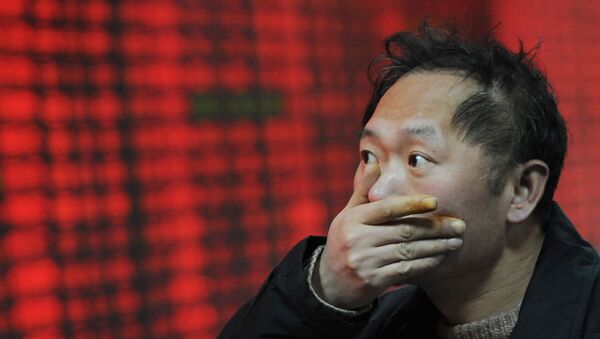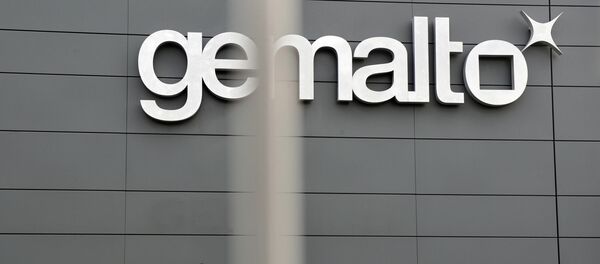According to an academic consensus, at its current demographic pace, China needs 7% to 8% annualized growth in order to sustain itself. Moderate reforms, aimed at remodeling China’s economy to make it more domestic demand-oriented, may also be undertaken at this pace of economic expansion. However, Beijing is only projecting a 7% growth for 2015, meaning it might turn out ever lower. And despite the Communist nation is far from being ready to repeat the Tiananmen protests, projections of a 5% growth are already widely discussed. Whatever happens in the non-transparent autocratic mainland China if a gradual slowdown turns into a real congestion?
"Demand in the manufacturing sector remains weak and more aggressive monetary and fiscal easing measures will be needed to prevent another sharp slowdown in growth," Hongbin Qu of HSBC told Reuters in early February.
What it means is that Beijing’s official statistics are not really a reliable source of information, and mainland China is in fact nearing a full-scale stagnation, similar to that in Japan and the Eurozone. The Chinese situation is exacerbated by the excessive external debt and the weakness of its national currency. International markets do not trust in the renminbi as its FX rate is subject to direct political manipulations, as opposed to that of the euro and the yen, regulated by the market and monetary policies of their respective central banks.




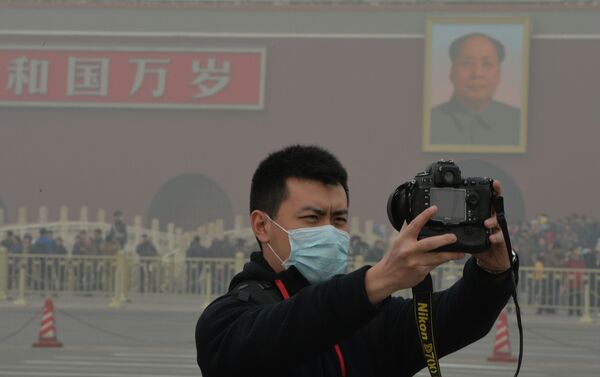
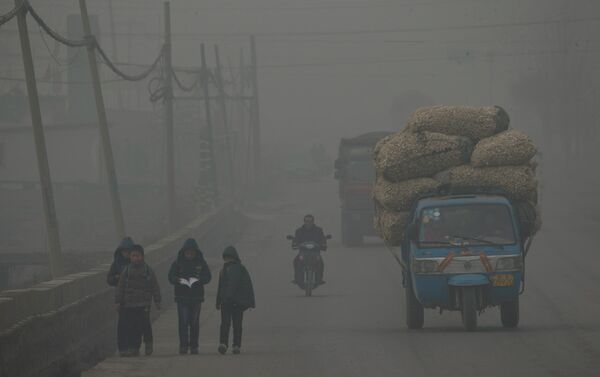
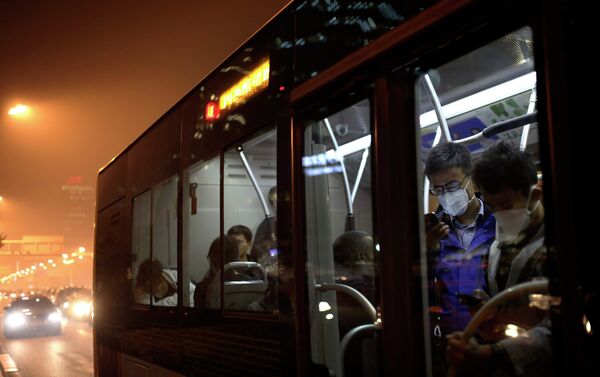
Within China, commodities producers, construction firms and industrial manufacturers are suffering the biggest losses. Global commodity prices have been falling since mid-2013, weighing on demand for machinery in China’s commodities sector. Then China’s manufacturers, starved for investment and generally underperforming, felt the crisis. Construction activity in China is also undermined by Beijing’s efforts at staving off the real estate bubble, with prices soaring as local investors seeking ‘safe havens’.
China’s economy is entering its worst year since the global crisis of 2008. As mainland China is the world’s biggest consumer of commodities, the market value of select mineral resources, mainly oil, is posed to collapse. A stagnant China will spur deflationary processes in Europe are Japan, as China’s producer’s deflation will transform into a deflation on the consumer side.
To make things worse, China is not actually going to crash. A collapse in China’s economy would mean a more painful, but sooner rebalancing of the nation’s economy (and maybe politics) in favour of a more competitive and transparent one. The economic glut, however, is going to be slowly weighing on the global economy.
According to Oxford estimates, China might be able to sustain its economic and social stability by a 4.5%-5% annualized growth, meaning the stagnation will last.
All the aforementioned means, in the next 5 to 10 years China will be weighing on the global growth, effectively taking its toll on the liveliness and dynamics of the world’s GDP.

